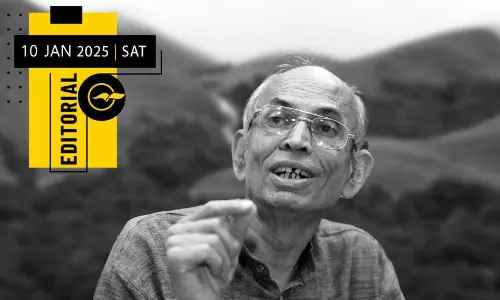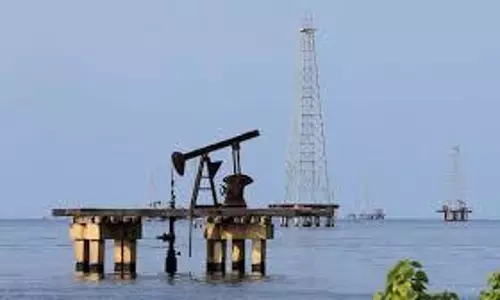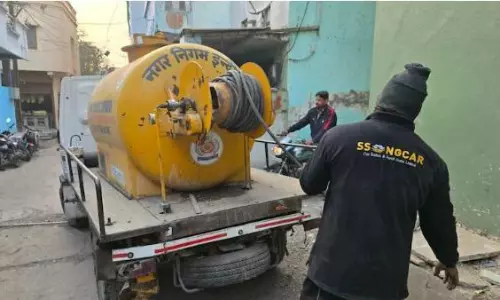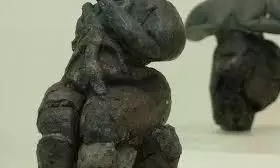
Ancient goddess figurine discovered in Italian lake, still bears maker's handprints
text_fieldsA 3,000-year-old clay figurine, believed to represent an ancient goddess, has been discovered in a volcanic lake in central Italy.
Archaeologists suggest that the figurine, found in Lake Bolsena, was likely a votive object, crafted to serve as a focus for prayers.
Although the figurine’s features are crudely formed, it still retains the handprints of its maker and bears the impression of a fabric pattern, indicating it was once clothed.
The discovery was made last month by government archaeologists from the Etruria region, along with police divers. Lake Bolsena, located approximately 50 miles northwest of Rome, is home to the submerged Gran Carro archaeological site. This site is believed to be the remains of an Iron Age village, dating back to the 10th or 9th century B.C., which eventually sank underwater.
The figurine, measuring about 6 inches (15 centimeters) in length, was found among the ruins of a residence at the sunken site. Archaeologists believe it was likely used in a domestic ritual, a practice that has been documented in the region during later periods. Similar figurines have also been discovered in Iron Age graves, supporting the idea that such rituals have deep roots in the area.
"This is an exceptional discovery, one of a kind," the archaeologists remarked in a translated Facebook post. "It provides insight into daily life in the early Iron Age, a period about which little is known in southern Etruria."
Lake Bolsena was formed between 600,000 and 200,000 years ago during eruptions of the Vulsini volcano. Roman records suggest the volcano was active as recently as 104 B.C., and scientists now believe the ancient village was submerged when the eastern shore sank due to seismic activity.
Archaeologists think the sunken village, where the figurine was found, was likely built by the Villanovan culture, an early stage of the Etruscan civilization that preceded the founding of Rome. Since the 1960s, thousands of artifacts, including pieces of wood, household items, jewelry, and pottery, have been recovered from the site. Studies of the village’s layout have provided clues about the organization of Iron Age society in the region.
The Gran Carro site is currently being developed under the National Recovery and Resilience Plan, which includes creating an underwater path for visitors. One of the site's most intriguing features is the Aiola, a large pile of submerged stones that archaeologists believe was once a structure built near a geothermal spring. Recent discoveries in the nearby San Casciano dei Bagni region suggest that such hot springs were considered sacred by the later Etruscans and Romans.
Explorations in 1991 revealed that the Aiola structure still contained fragments of wooden poles and pottery from the Iron Age. Research in 2020 indicated that the stones covered an earthen mound. Additionally, coins minted during the reign of Roman emperor Constantine the Great (circa 272-337) have been found at the site, showing that they were still in use during late Roman times.

















